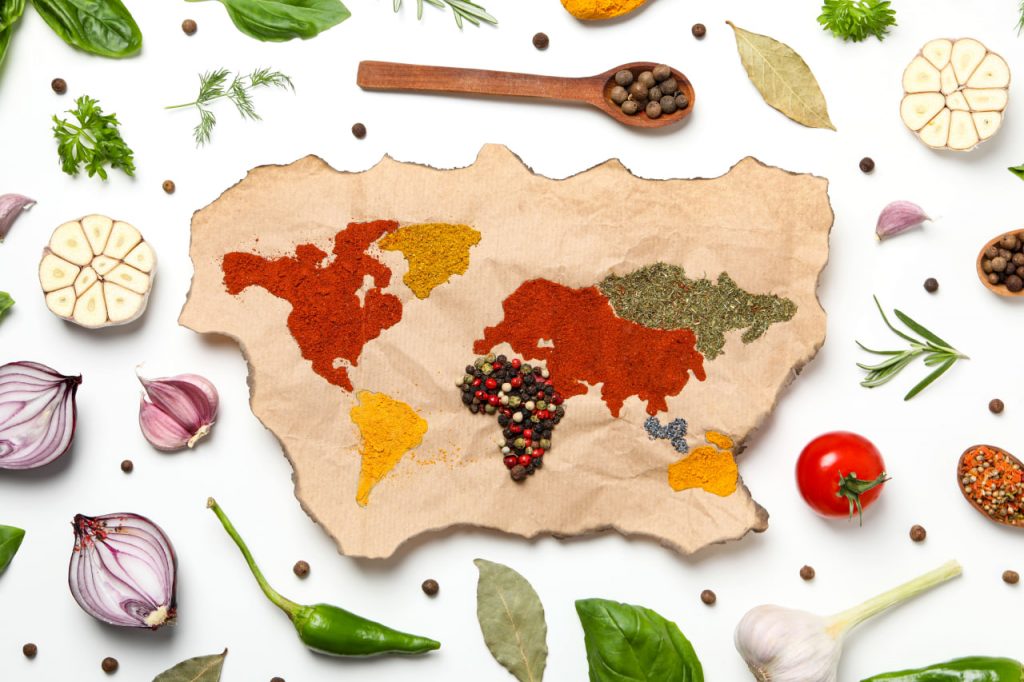In today’s culinary world, borders are increasingly blurred. Chefs and home cooks alike are experimenting by blending flavors and techniques from different parts of the world — creating what we call fusion cuisine. But how do you mix Thai and French, or Mexican and Korean, without losing the soul of either?
What Is Fusion Cuisine, Really?
Fusion isn’t just about putting sushi in a taco or adding soy sauce to pasta. At its best, fusion cooking thoughtfully combines the ingredients, methods, and philosophies of different culinary traditions to create something new, exciting, and respectful of its roots.
One famous example is the California Roll, which adapted Japanese sushi for the American palate. Another is Peruvian Nikkei cuisine, where Japanese precision meets bold South American flavors — a beautiful result of cultural coexistence.
Balance Is Key
The most successful fusion dishes are not forced or gimmicky. They focus on balance — sweet and sour, soft and crunchy, rich and fresh. A chef might borrow the umami base from Japanese miso and combine it with Italian risotto, resulting in a creamy dish with a savory depth that surprises and delights.
Fusion at Home: How to Start
You don’t need a Michelin star to try fusion cooking. Start by:
- Mixing spices from different regions (try Indian garam masala in a tomato-based stew).
- Swapping out key ingredients (use coconut milk in a traditional soup recipe).
- Studying flavor profiles to find complementary pairings (lemongrass and lime with Mediterranean fish, for instance).
Just remember — respect both traditions and don’t be afraid to experiment.
Why We Love Teaching Fusion at World Cuisine School
Fusion is a gateway to creativity. In our courses, you’ll learn the fundamentals of each cuisine and how to bring them together thoughtfully. With practice, you’ll develop the instincts to craft your own signature dishes — rooted in global heritage, but uniquely yours.

